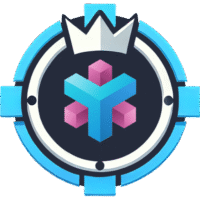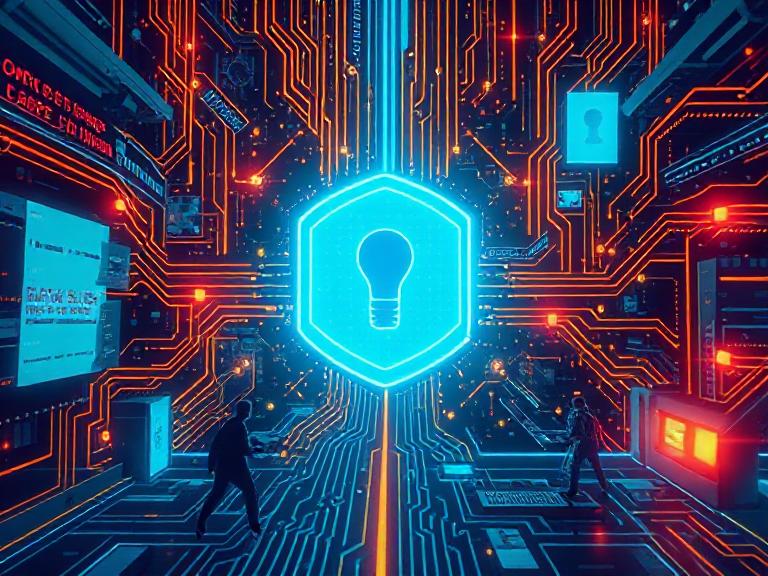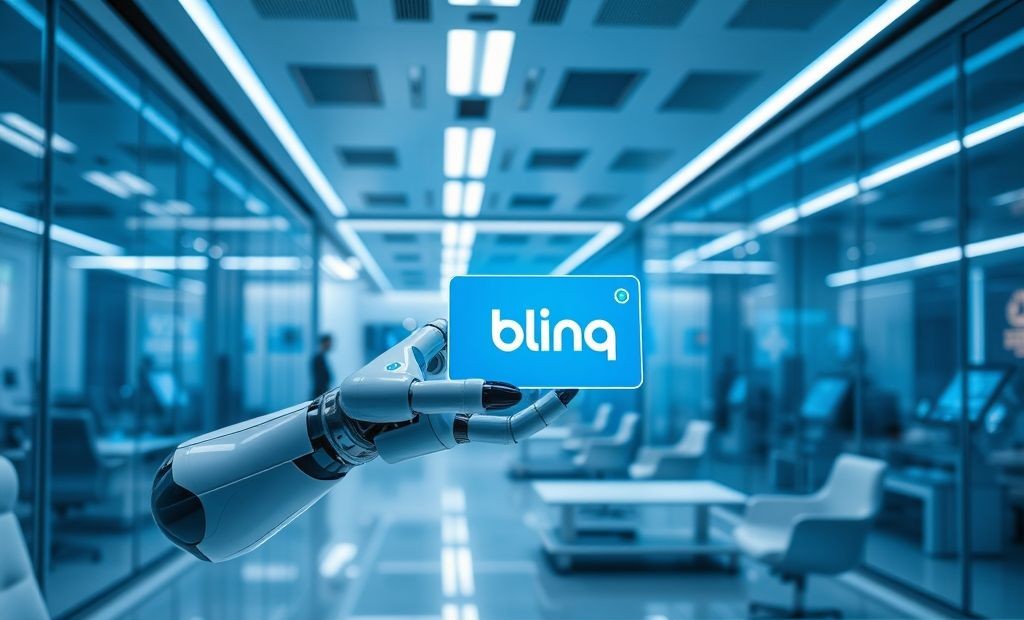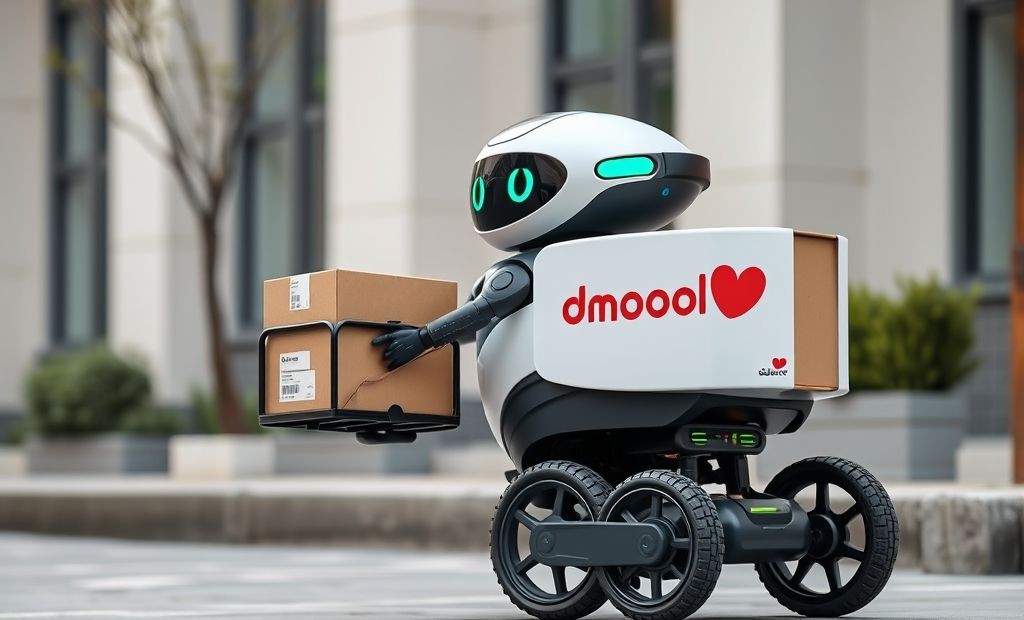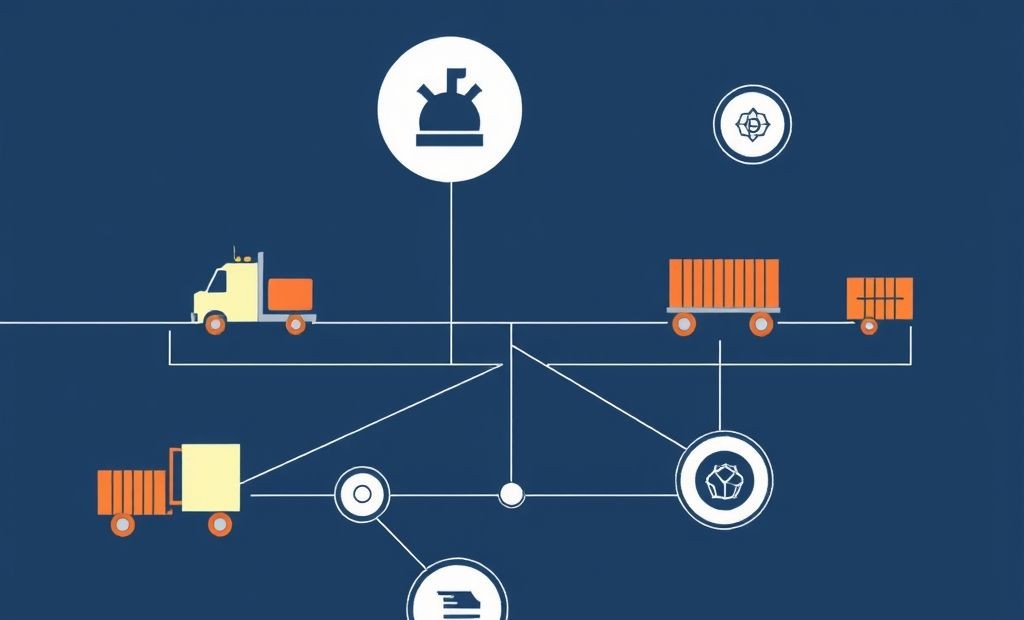Revolutionizing Supply Chains: How Blockchain Innovations Drive Transparency
In today’s complex global economy, supply chain management faces increasing demands for transparency, efficiency, and security. Blockchain technology is emerging as a game-changer, offering innovative solutions to address these challenges. Let’s explore how blockchain innovations are revolutionizing supply chain management.
What is Blockchain and Why Supply Chain?
Blockchain, at its core, is a distributed, immutable ledger that records transactions across many computers. This decentralized nature eliminates the need for a central authority, making it exceptionally secure and transparent.
The supply chain is a natural fit for blockchain technology because it typically involves numerous parties, including suppliers, manufacturers, distributors, retailers, and consumers. Each party has its own system for tracking goods and payments, which can lead to inefficiencies, delays, and a lack of transparency.
Enhancing Transparency with Blockchain
One of the most significant benefits of blockchain in supply chain management is improved transparency. By recording every transaction on a shared, immutable ledger, all stakeholders can access real-time information about the location and status of goods.
Key benefits of enhanced transparency:
- Increased Traceability: Track products from origin to consumer, ensuring authenticity and preventing counterfeiting.
- Improved Accountability: Easily identify responsible parties in case of delays or issues.
- Enhanced Trust: Build trust among stakeholders by providing verifiable information about the supply chain.
Boosting Efficiency with Blockchain
Blockchain can also significantly improve the efficiency of supply chain operations by streamlining processes and reducing paperwork. Automating tasks with smart contracts, the self-executing agreements written into the blockchain’s code can reduce delays, fraud and human errors.
How blockchain boosts efficiency:
- Automated Processes: Smart contracts automate tasks such as payment processing and inventory management.
- Reduced Paperwork: Eliminate the need for paper-based documentation, reducing administrative costs and delays.
- Faster Transactions: Speed up transactions by eliminating intermediaries and streamlining payment processes.
Real-World Applications of Blockchain in Supply Chain
Several companies are already leveraging blockchain to transform their supply chain operations. For example:
- Walmart: Uses blockchain to track the origin of food products, reducing foodborne illness outbreaks and improving food safety. They improved traceability of mangoes from farm to store in seconds using IBM Food Trust, whereas it used to take weeks.
- De Beers: Tracks diamonds from mine to retail, ensuring conflict-free sourcing and preventing the sale of counterfeit diamonds through Tracr.
- Maersk: Implemented a blockchain-based shipping platform, TradeLens, to streamline shipping processes and reduce paperwork for global trade.
Challenges and Considerations
While blockchain offers numerous benefits, there are also challenges to consider when implementing it in supply chain management:
- Scalability: Blockchain networks can be slow and expensive to operate, especially when dealing with large volumes of transactions.
- Interoperability: Different blockchain platforms may not be compatible, making it difficult to integrate them into existing systems.
- Data Privacy: Protecting sensitive data on a public blockchain can be challenging.
Despite these challenges, the potential benefits of blockchain in supply chain management are undeniable. As the technology matures and becomes more widely adopted, we can expect to see even more innovative applications emerge.
Future Trends in Blockchain and Supply Chain
Looking ahead, several trends are shaping the future of blockchain in supply chain management:
- Integration with IoT: Combining blockchain with the Internet of Things (IoT) to track physical assets in real-time.
- Adoption of AI: Using Artificial Intelligence (AI) to analyze blockchain data and optimize supply chain operations. Microsoft AI offers services that can be integrated with blockchain solutions for enhanced data analysis and predictive capabilities.
- Focus on Sustainability: Leveraging blockchain to track and verify sustainable sourcing practices.
Final Words
Blockchain technology is poised to revolutionize supply chain management by improving transparency, efficiency, and security. While challenges remain, the potential benefits are too significant to ignore. As more companies explore and implement blockchain solutions, we can expect to see a more resilient, efficient, and transparent supply chain ecosystem.
